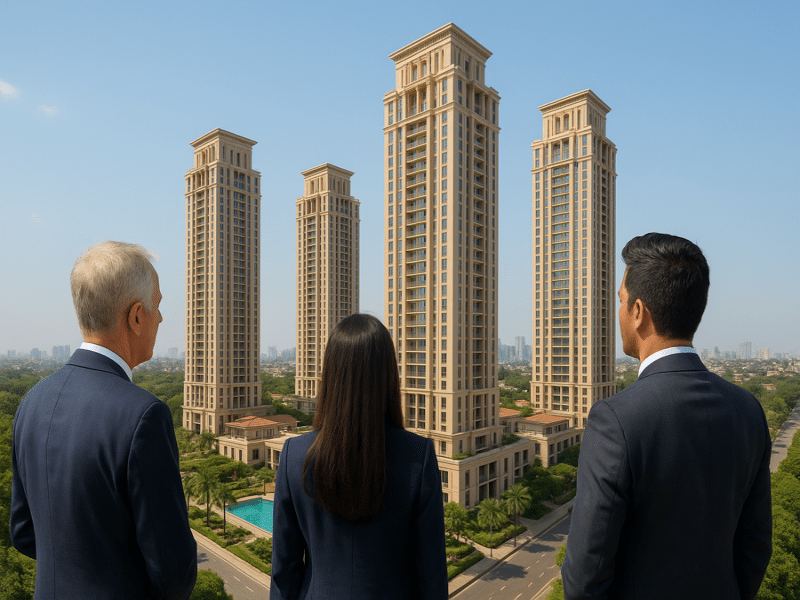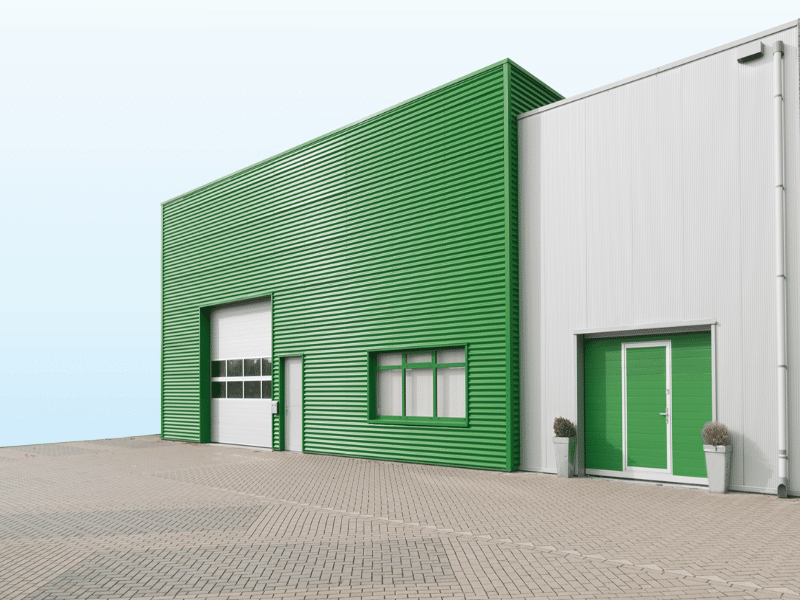If you take a look around, one thing stands out—constant construction. As one building reaches completion, another is already halfway up. In this rigmarole, developers and architects are always searching for ways to stay ahead of the curve. . With urban landscapes evolving at this unprecedented rate, the demand for faster, cost-effective, and durable construction methods has never been greater. Today modern construction techniques are not just meeting these demands but also transforming the skylines with aesthetically pleasing and structurally sound buildings. These advancements, once considered futuristic, are now driving the future of real estate, offering new possibilities for speed, efficiency and durability in construction methods.
According to the India Brand Equity Foundation (IBEF), recent advancements in construction techniques and materials are enabling developers to complete projects faster, without compromising on the structural integrity. In a booming real estate market, where time is money, and the stakes are high, the adoption of cutting-edge construction technologies like prefabrication and mivan shuttering, are key to staying competitive. Let us further understand how:
Revolutionizing Construction with Prefabrication and Modular Design
One of the most impactful trends shaping modern construction is the rise of prefabrication and modular construction. Prefabrication involves the off-site manufacturing of building components, which are then assembled on-site. This method reduces construction time drastically, improving efficiency, and minimizing waste, making it an ideal solution for high-demand real estate markets. By streamlining the building process, developers can focus on precision and quality, all while cutting down project timelines. Prefabricated elements are often produced in controlled environments, which reduces the risk of defects and ensures consistency in material quality.
A subset of prefabrication, modular construction, is gaining traction for its flexibility and adaptability. Modular buildings are constructed in sections or modules, which are then transported to the construction site and pieced together like building blocks. This technique allows developers to scale their projects efficiently, adding or removing modules as needed, and enables faster occupancy. Moreover, with less material waste and lower energy consumption, it provides a greener alternative to traditional building methods, a crucial factor in today’s environmentally conscious market.
Aluminium Form work Technology: Speed and Precision Redefined
Another game-changing innovation is the adoption of Aluminium Form work Technology provided by brands like Mivan,Knest etc. which is rapidly transforming residential and commercial construction. Developed in Europe and now widely used in India, this technology involves the use of aluminum formwork for pouring concrete. The aluminum panels are lightweight, durable, and easy to assemble, allowing for quicker project turnaround times. What makes this shuttering particularly attractive to developers is its ability to deliver a uniform, high-quality finish with minimal need for further plastering.
The precision of this technology is unparalleled, as it ensures that walls, floors, and ceilings are constructed with a high degree of accuracy. Additionally, it accelerates the construction process, reducing overall labor costs and the time spent on site.
Building Taller and Faster with Jumpform Technology
Jumpform technology has emerged as a technique for high-rise construction, allowing for rapid vertical expansion while maintaining structural integrity. This technology involves a climbing formwork system that moves upwards as each floor is completed, eliminating the need for dismantling and re-assembling formwork at different levels. This not only accelerates the construction process but also ensures greater safety and accuracy in building tall structures.
It is particularly useful for the construction of core walls, elevator shafts, and other vertical elements in skyscrapers. The continuous cycle of pouring concrete and shifting formwork enables developers to build taller buildings in a shorter period, which is essential in dense urban areas where land is limited, and vertical growth is the only viable solution. For cities like Mumbai and Delhi that are seeing a surge in skyscraper developments, this technology has become a preferred choice for grade-A developers. Additionally, the technology also minimizes the need for scaffolding and cranes, making it more cost-effective and safer for workers on-site.
High-Quality Materials and Longer Lifespan
The incorporation of advanced materials, along with modern techniques, also plays a crucial role in transforming the real estate industry. High-strength concrete, composite materials, and cross-laminated timber (CLT) are offering new ways to extend the lifespan of buildings while ensuring durability and resilience. High-quality concrete, for instance, is being used to reinforce structures and make them resistant to environmental stressors such as earthquakes and extreme weather conditions. These materials are also more sustainable, reducing the carbon footprint of construction projects.
Cross-laminated timber (CLT) is another material gaining popularity for its strength and eco-friendliness. It is engineered to offer structural integrity of steel or concrete, making it suitable for multi-story buildings. Its use is expanding, particularly in projects where sustainability and environmental impact are key concerns.
Looking Ahead: The Future of Urban Design
With these modern construction techniques, the possibilities for future skylines are limitless. As cities continue to expand, the demand for taller, more efficient, and sustainable buildings will only increase. Innovations like 3D printing and robotic construction are already on the horizon, promising to take architecture to even greater heights. In the near future, we may see entire buildings constructed by autonomous machines, shaping the cities of tomorrow.







